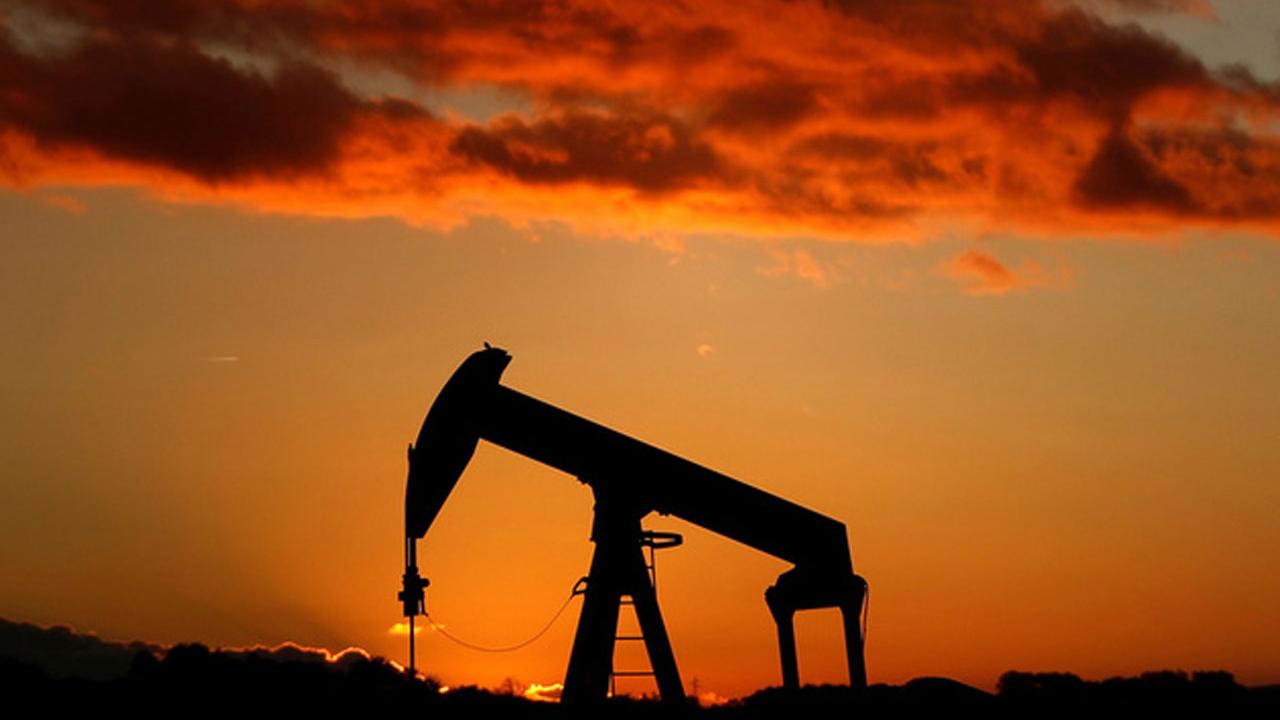Crumbling crude is flashing a warning sign
Do you see what I see? While the Federal Reserve seems to suggest that market turmoil won’t have a lasting impact on the economy, perhaps they should listen to what the markets are saying.
While the Federal Reserve is giving props to what is being touted as the strongest year since the financial crisis with record low unemployment at 3.7 percent, markets are sending a signal that things may not be as rosy as we look to the future.
One market indicator that the Fed may want to pay attention to is the oil market. Ok, maybe it is not your traditional stock market indicator, but many times a sharp drop in the price of oil can be a precursor to economic turmoil ahead. Historically a sharp drop in the price, like we have seen recently, could be a bad sign.
We only must go back to 2014 and 2015. At the time, we saw the making of an oil glut as OPEC, dismayed with the way that U.S. producers were flooding the market with oil, decided to try to pump them out of business. Yet, it really wasn’t the shale oil producers that were causing the supply to increase, it was really a weakening in demand. We started to see Europe shake with concerns of a Greek debt crisis that could have led to a break-up in the European Union. We also saw a sharp slowdown in the Chinese economy that caused an epic crash in price that bankrupted many U.S. energy producers and almost bankrupted some OPEC countries as well. OPEC misread the tea leaves and thought it was all about production, but the weakness in the market was a sign that the economy was faltering.
The Fed may also be tempted to look at the sharp drop in oil as a positive, as it reduces inflation expectations and puts more money into the hands of the consumer. In December, the Fed lowered both its PCE and Core inflation estimates for 2019 to 1.9 percent and 2.1 percent respectively. A key move for many policy watchers.
Yet, crashing oil prices can instill fear and cause a cutback in energy investment and business spending. In fact, when you look at the run up of the price of oil from 2001 to 2007 the oil price increases were a sign of strong long-term economic growth.
While many complained of rising gasoline prices, the reality was that higher prices reflected a booming economy. Many where hopeful that oil prices might come back down, but you had better been careful of what you wished for. In 2008 we saw a massive break in oil and gas prices, yet no one seemed to be happy that the price went so low. It was because in large measure, the break in price reflected what we now know as the Great Recession.
Some say we should not be worried because it is just about the supply side not the demand side. That is partially true. Oil production, in the three biggest oil producers in the world, are at record highs. The U.S. is producing a record 11.6 million barrels a day. Saudi Arabia was at 11 million barrels a day and Russia about 11.2 million barrels a day.
Yet even with those record numbers we are not that far ahead of record demand. As of this week, total demand in the U.S. petroleum system set a record high of 27.781M barrels per day. Now you would think that demand along with a major production cut from OPEC and its co-conspirators, the Russians, would have the market fearful of a shortfall in the new year. Yet the oil market is selling.
Some are arguing that the production cut might be offset by growing U.S. shale production. Yet at these prices that is unlikely to happen. The turmoil in the oil patch is already causing the US oil rig count to fall as many cash flow negative shale producers are settling in for a long winter’s nap.
Can the price of oil be used as an economic indicator? The answer is yes. Oil is still the lifeblood of the global economy and if it is bleeding, the Fed should pay attention. Besides if the drop in oil prices are so good for the economy then why aren’t stocks soaring? It is not too late.
If the Fed listens to the oil market, they should be more dovish going forward. Do they hear what I hear?
Phil Flynn is senior energy analyst at The PRICE Futures Group and a Fox Business Network contributor. He is one of the world's leading market analysts, providing individual investors, professional traders, and institutions with up-to-the-minute investment and risk management insight into global petroleum, gasoline, and energy markets. His precise and timely forecasts have come to be in great demand by industry and media worldwide and his impressive career goes back almost three decades, gaining attention with his market calls and energetic personality as writer of The Energy Report.




















